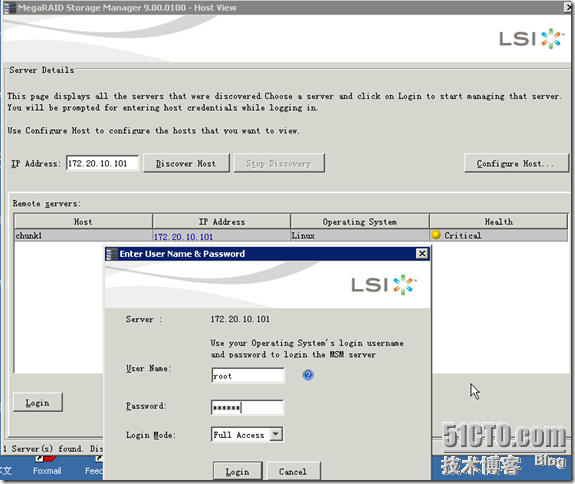

Whatever you configure as RAID 10 in the LSI meaning of the term, seems to be more something like a "RAID 100", i.e., every "span" is it's own RAID 10, and these spans will be put together as a RAID 0. Using MegaRAID Storage Manager 13.04 on an LSI 9260 RAID card, which is the correct way to create RAID 10 using 8 drives with maximum redundancy There appears to be multiple ways to reach the same amount of expected disk space. I can confirm that it does mirroring and striping exactly the way I would expect it for a RAID 10, in my case for a 6 disk array and a 16 disk array.

It seems that LSI decided to introduce their own crazy terminology: When you really want a RAID 10 (as defined since ages), you need to choose RAID 1 (!). TL:DR: use the second configuration: It is more robust. In the forums we have maintained a LSI Controller Mapping between LSI controllers and their OEM counterparts. The LSI SAS 2008 is a 6.0gbs SAS 2 or SATA III based controller that features eight ports and native PCIe connectivity. That is a lot better then in the previous case (which was 4/7th, or 57%). One of the most popular server RAID controller chip and HBA controller chip out there is the LSI SAS 2008. Now the other setup, with a stripe of 4 mirrors.Ĩ5% chance that the array is still working. The chance that a second drive fails in the wrong span is 4/7 th (4 drives left in the working span, each of which can fail) and only 3/7 th that is fails in the span which is already down. If the second drive happens in the other span/stripe: If the drive fails in the the same span/stripe then you have the same result as 1 drive lost. If any drives fails in a stripe then that stripe of lost.ġ drive lost -> Working in degraded mode. Your first setup is a mirrored pair of 4 drive stripes. I think your choice should be obvious after this. Read the part in the link I posted where it states: Match this to your setups (both of them labeled as RAID 10 in your text). Notice the difference between RAID 10 and RAID 01. First off all, see this post: What are the different widely used RAID levels and when should I consider them


 0 kommentar(er)
0 kommentar(er)
